Objectives
Objectives
The overall aim of the Nanohybrid project is to upgrade low-value residual products from different types of biomass waste streams into value-added bio-based materials. Novel conversion technologies will be applied with special emphasis on thermochemical and enzymatic/fermentative valorization of waste streams commonly found in Greece, such as agricultural residues of corn stover, cotton stalks and others. The project will be carried out by merging key competence and researchers from three academic groups from different disciplines, one focused on thermochemical catalytically assisted processes and the other on biological conversion.

01
SCIENTIFIC

02
ENVIRONMENTAL

03
ECONOMIC

04
SOCIAL

05
IMPACT
Scientific
Fractionation technologies
Organosolv and oxidation pretreatment methods will fractionate the biomass into three distinct process streams. The OxiOrganosolv oxidation process which has been developed in CPERI will be further studied by CPERI and UOWM in an effort to make it more efficient, flexible and agnostic so as to be able to pretreat different types of biomass. The fractionation process will be optimized by applying heterogeneous and homogeneous catalysis to significantly improve its operation range by shifting it to a much milder regime, targeting lower operation temperatures (120-150 0C) and pressures (10-20 bar), while in parallel maintaining its so far excellent performance. The project will focus on redox catalysts that can selectively oxidize the ether bonds of lignin and hence depolymerize it and remove it from the biomass. The use of alternative organic solvents, PolyOxoMetalate homogeneous catalysts and heterogeneous catalysis in a combinatory manner will be evaluated. Controlling the solvent strength, diffusion and acidity of the system will allow the control of the hemicellulose hydrolysis, lignin removal and the reduction of the severity of the process temperature and pressure. This will allow the minimization of inhibitory compounds that reduce the enzymatic process efficiencies. High delignification and hemicellulose hydrolysis, above 90%, coupled with high cellulose pulp recovery (100%) and purity (>85%) will be targeted.
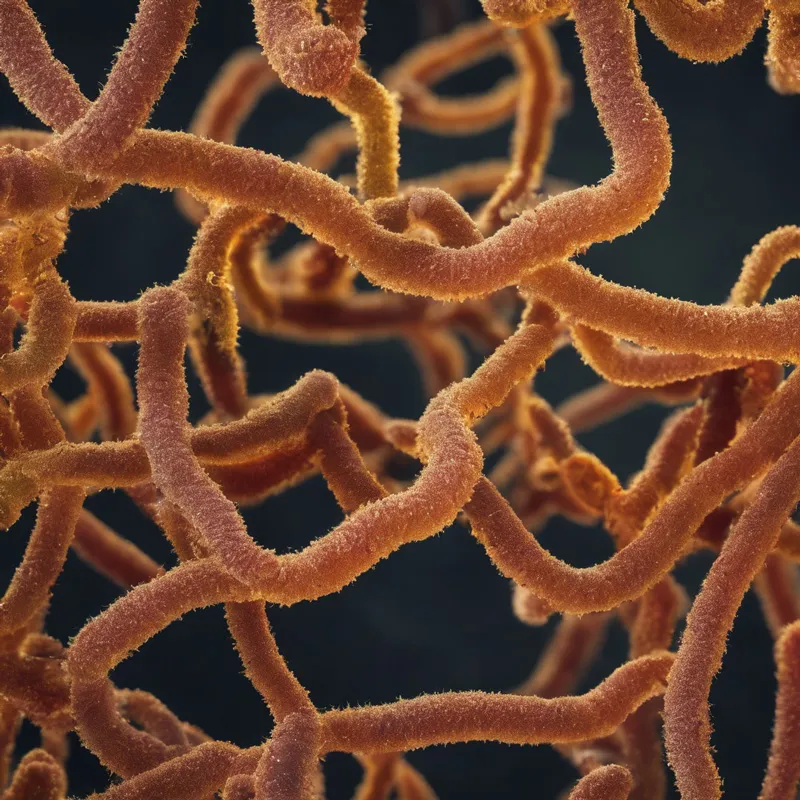
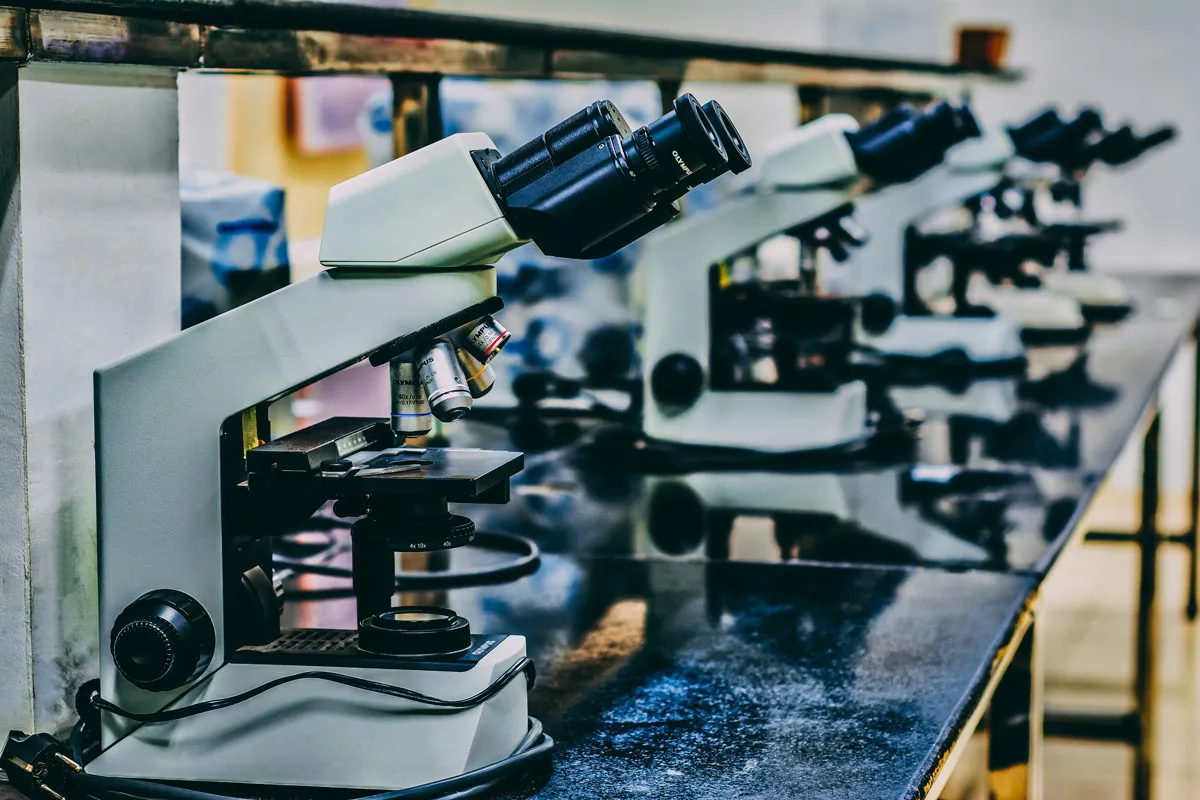
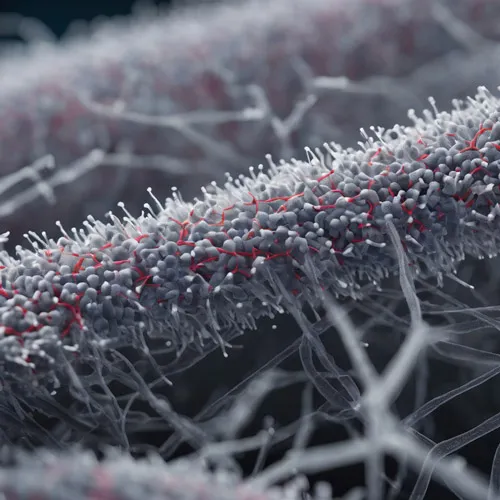
Bioconversion processes
Novel enzymatic tailor-made cocktails optimized specifically towards the maximal performance (>90% sugar conversion) on the cellulosic and hemicellulosic fractions after pretreatment will be developed. The enzymatic depolymerization technology will aim at a fine-tuned saccharification of the amorphous part of the cellulose pulp, leaving behind a crystalline part of high purity. The project will employ Lytic Polysaccharide Monooxygenases (LPMOs) along with tailored enzyme cocktails toproduce functionalised (oxidized) cellulose nanocrystals that exhibit antimicrobial activity. The OxiOrganosolv pretreatment will ensure low levels of lignin in the cellulose fraction that will help reduce enzyme loading and, thus, the cost of the enzymatic process. Moreover, the sugar monomers of amorphous cellulose and hemicellulose will be converted to cellulose nanofibrils via bacteria. The nanofibrils will have highly tailored an desirable properties such as with high length to diameter ratios, a unique property that allows the nanofibrils to be used in specialty applications such as barrier coatings.
Thermochemical processes
Lignin upgrading via cascade pyrolysis and activation will produce activated carbons with tailored properties such as surface area and pore size distribution. Both chemical and physical activation will be evaluated to find the best conditions for lignin upgrading. Moreover, the lignin-derived activated carbons will be used as substrates to develop novel oxidation catalysts for the OxiOrganosolv process by anchoring transition metals or POMs on the high surface area pf the activates carbons.
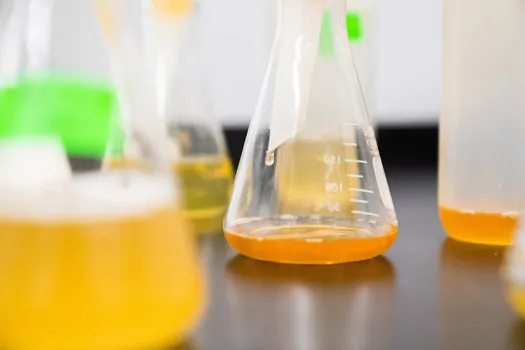

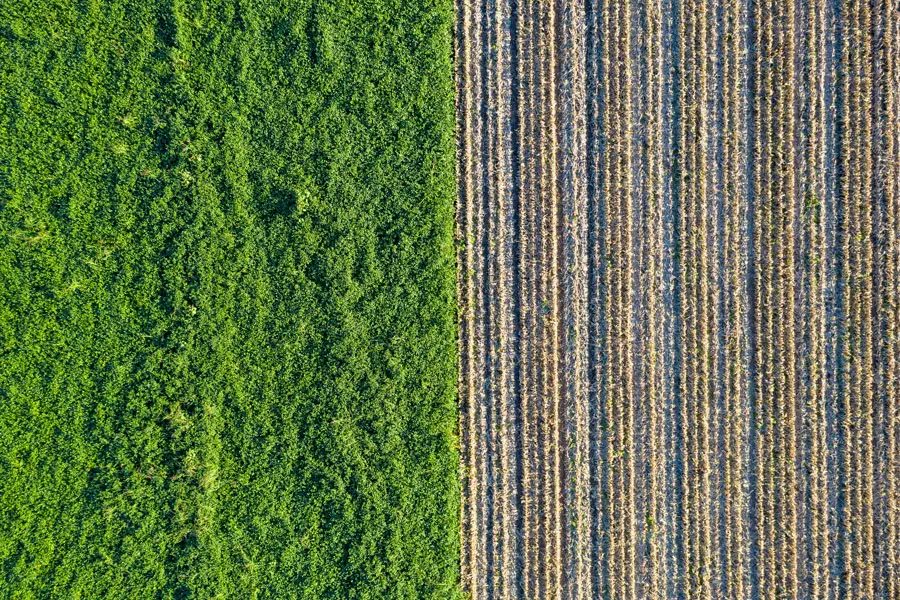
Enviromental
Agricultural wastes
More than 1 billion tonnes of agricultural wastes are estimated of being produced worldwide annually. The utilization of agricultural waste residues has become imperative in order to face growing global energy demands and diminishing fossil fuels reserves. Lignocellulosic biomass wastes, which are typically combusted in the fields, could serve as an attractive source of fermentable carbohydrates, which in turn may be used as feedstock for the production of value-added products. NanoHybrid will develop key technologies that will allow the utilization of such wastes in order to achieve:
Reduction in GHG emissions of the materials production sector
Decoupling of materials production from fossil oil reserves
Development of novel green technologies of low energy and resources usage
Increased sustainability and economic viability of biorefineries
Economic
Agricultural sector
The agricultural sector has been an essential sector of the economies of Greece and many EU states employing millions of people. Adding value to agricultural residues will help reinforce it. Moreover, emerging technology sectors of biobased materials will benefit from the process developed within the NanoHybrid project. More explicitly this project will have the following economic objectives:
- Utilisation of lignocellulosic biomass residues and increase of their value.
- Development of novel green chemistry processes and reduction of their implementation cost.
- Development of the technologies and novel products employed by the materials industries.
- Development of novel products and markets.
- To reinforce R&D of key financial sectors of Greek economy including SMEs, that form the backbone of the Greek economy, in novel technologies and emerging markets.
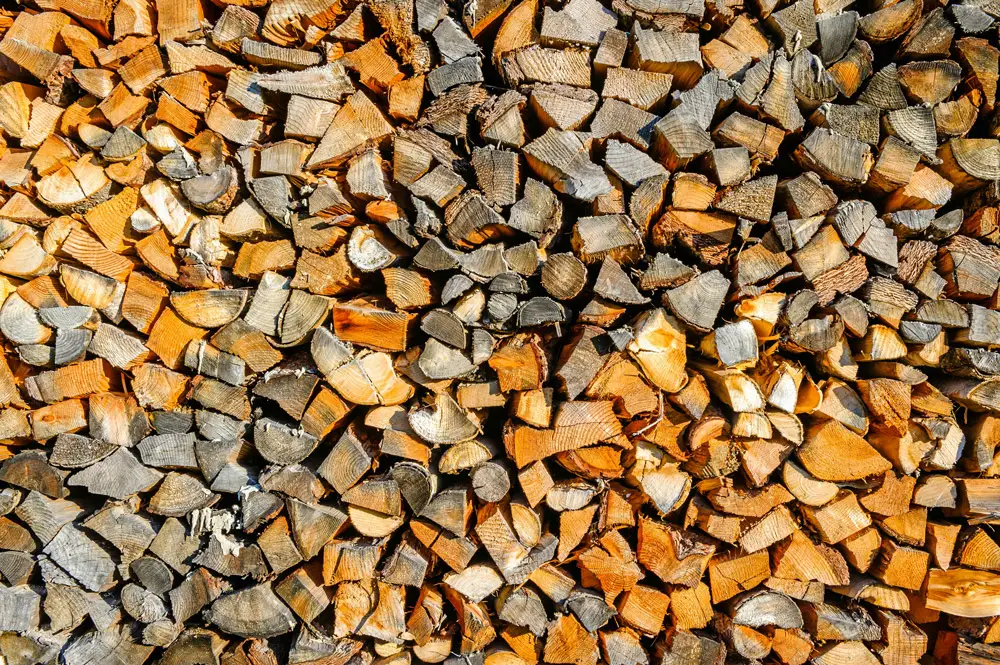
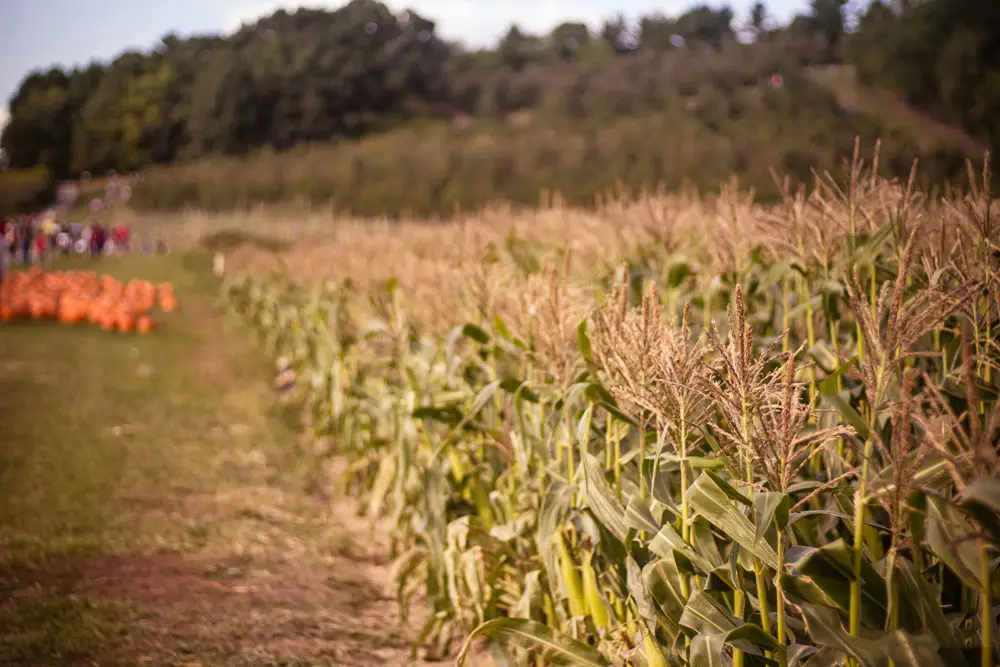

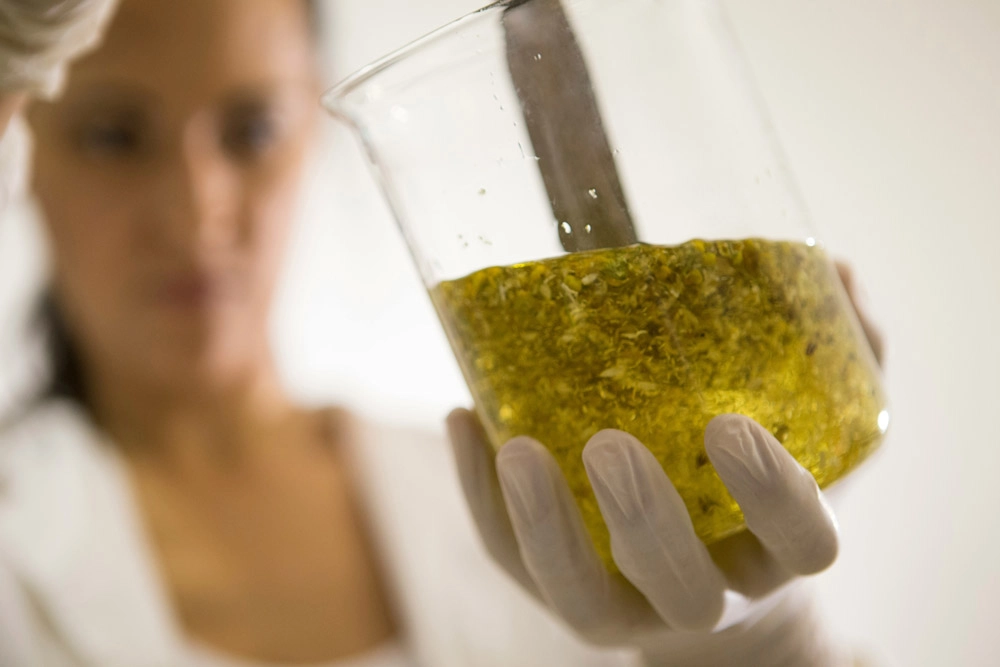
Social
Societal point
The NanoHybrid project aims to have a positive outcome from the societal point of view as well. Specifically it aims at:
Increasing the income of farmers and therefore enhancing the growth of rural areas that are typically less developed and wealthy.
To democratize the use of resources and the production of commodities through the decentralization of production and technology development.
To develop sustainable, environmentally friendly alternatives materials that are widely consumed such as packaging materials, containers commonly used in households, reinforced paper products, water filters etc.
To raise awareness of relevant industry stakeholders, legislators and the broad public on plastics pollution, unsustainable use of materials and ways to mitigate them.
To reinforce R&D of key financial sectors of Greek economy such as the materials industry and involve SMEs, that form the backbone of the Greek economy, in novel technologies and emerging markets.
Impact
Contribution of the project
The contribution of the project to the achievement of the general economic, social and environmental goals of Greece is expected to be important. Greece has large amounts of unexploited agricultural and food industry residues and the agriculture, food and materials industries are important for its economy and need to stay competitive in a global market. This project will have a threefold impact.
- It will add value to agricultural wastes, increasing farmers’ income and creating new jobs; a major concern in the current global economic state.
- The development of a circular economy biorefinery will diminish the environmental impact that farming, materials and food industries have. In addition, these industries will gain a competitive advantage by utilising biorefinery technologies to reduce overall cost of their products.
- A new generation of materials will emerge, based not on fossil irreplaceable resources but on renewable biomass wastes changing the scene of how we manage and exploit our resources.
The high added value product portfolio of the project means that they can be sustainably produced in low volumes. Therefore, the results of the project may be exploited by SMEs, an integral part of Greek economy. Also, it increases the likeliness of the technology moving to pilot scale demonstration en route to developing a commercial process.


